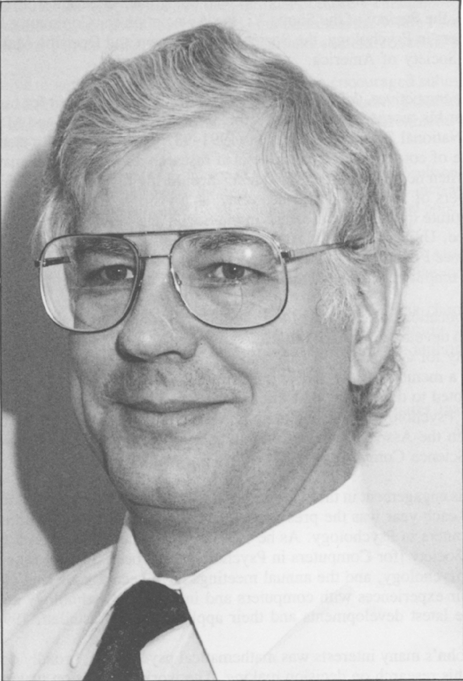SCiP History
Past programs
In 1971, Donald Tepas, then at St. Louis University, contacted the National Science Foundation with a request for support in developing an interactive system for searches. The NSF representative Tepas look into the possibility of arranging a conference and publishing the proceedings. The first meeting was so successful that the meetings have been held ever since!
The Society for Computers in Psychology (SCiP) was previously known as the National Conference on the Use of On-Line Computers in Psychology. The name was changed to the Society for Computers in Psychology in 1982. The first meeting was held on November 10th, 1971, at St. Louis University. This first meeting was held the day prior to the Psychonomic Society's meeting. SCiP is still held before the Psychonomic Society's meetings to this day! The first Presidential Address was given by Donald Tepas in 1973 and was entitled "Computer Analysis of the Electroencephalogram: Evolving, Promoting, and Provoking."
In 2006, Dr. Christopher R. Wolfe documented the history of the Society for Computers in Psychology in Behavior Research Methods:
SCiP history may be divided into three eras: the Paleozoic (1971–1982), the Mesozoic (1982–1994), and the Cenozoic (1994–present). Following a list of Secretary–Treasurers, a list of all SCiP Presidents is provided in Table 1. Next I present personal highlights, including the first symposium on psychology and the World-Wide Web; David Rumelhart’s mathematical explanation of connectionism; and Stevan Harnad’s discussion of “freeing” the journal literature. I observe that a small conference is becoming more intimate and that much of our mission involves figuring out how to conduct high-quality scientific research with consumer-grade electronics. I argue that we are an increasingly international organization, that graduate students are welcome, and that we should become more inclusive in the areas of gender and ethnicity and should make membership more meaningful. I conclude by looking ahead and attempting to predict the future.

His full historical account can be found
here. Earlier histories have also been written, as cited below.
Computers and technology in psychology can be a cornucopia or a Pandora’s box. During the 20 years of its existence, the Society for Computers in Psychology has been an important focus for the appropriate and beneficial application of computingtechnology in psychology. Although the increase of computer use is unmistakable, cyclic trends in computer applications also can be identified and, together with current technological developments, lead to predictions, concerns, and challenges for the future. (Castellan, 1991)

As we enter the next decade, I believe it is important that the Society for Computers in Psychology (S.C.I.P.) develop a little sense of history. So I would like to cover some years of the organization’s development and, in the process, cite several highlights that are worthy of note... (Sidowski, 1990)
